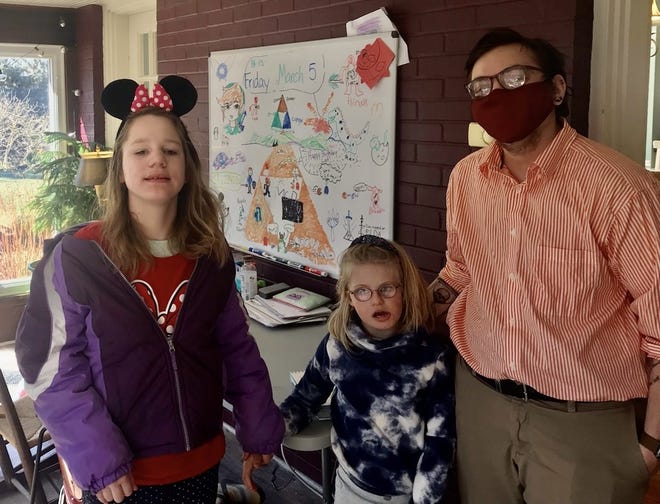Carl Sagan once said, “Frederick Douglass taught that literacy is the path from slavery to freedom. There are many kinds of slavery and many kinds of freedom. But reading is still the path.”
Today, libraries still provide materials and programs to encourage literacy, but they also provide many other significant services to communities, including, but not limited to, free access to computers and the internet, as well as programming for all ages, from babies to seniors.
And, importantly, public libraries have become the de facto after-school program and day care for many latchkey children nationwide.
Many lifelong Ohioans may not know that our libraries overwhelmingly provide better services and materials than those in other states. I hear this frequently from people new to Ohio.
Funding is key to why we have such great library systems in Ohio. It allows for the creation and continuation of another anchor in our communities, along with schools, places of worship and businesses.
And within these anchors are dedicated librarians and staff. I sometimes wonder if they all must pass an empathy and kindness test before being hired.
My second son, Hugo, now 24, attended middle school at Miller South School for the Arts. After school most days, he carried his backpack loaded with books and his saxophone case down a hill and across a field to the nearby Vernon Odom library branch.
During the years Hugo was at Miller South, I had three kids in three different schools. The commute took over an hour, twice daily. Mornings were harried as I tried to get everyone to school on time. Afternoons, not so much because Hugo would safely work and play with friends at the library until I arrived.
When I’d walk in to find Hugo, I observed librarians taking their nonfunded mission seriously, providing extra programming, leading book clubs, holding craft events, game days and, once a week, showing movies to the Miller South students who filled the building.
One Mother’s Day, Hugo gave me a bar of lavender soap he’d made at the library. Not only did I love receiving a gift Hugo had handcrafted, he felt excited the way one does when giving the perfect gift.
A few years ago, the Akron-Summit County Public Library system partnered with the Akron-Canton Regional Foodbank to provide nutritious snacks for the after-school kids, some of whom eat their school lunches as early as 10:30 in the morning. This program was necessarily paused during the pandemic, but according to the library system’s executive director, Pam Hickson-Stevenson, it is expected to resume when possible.
Since 2003, the branch we’ve most patronized is at Highland Square. The librarians know my five children by name and frequently ask me about my adult children.
One of my favorite librarians at the Highland Square branch was a woman named Amy. She had short dark hair, one of those Demi Moore gravelly voices and a wry sense of humor.
Several years ago, I noticed the display case near the entrance was filled with photos of Amy and her son. When I asked another librarian about it, she said, “Well, I don’t know if you know, but Amy lost her son not long ago.”
I did know. He was the light of her life, which she took after cancer stole him from her. I ugly-cried right there at the checkout desk while the librarian, who knew Amy far better than I did and who was still processing her own grief, comforted me.
Last fall, I took my graduate students from the University of Akron to the Main Library to show them how to do grant research using the Foundation Center directory, which is an excellent web-based service. But the website is not free, that is, except at Ohio libraries, which pay a fee to make it available to patrons without charge.
However, the website was not working that night, something two very concerned librarians determined after I’d alerted them that we were unable to log on. Fortunately, I’d also invited a professional grant writer to talk with my students, so the class was not a wash.
Then, for the next two weeks, I received regular updates from librarians until the website was once again available, each call peppered with unnecessary apologies.
On the ballot in the upcoming May 4 election is a renewal of the levy that accounts for 55% of Akron-Summit County Public Library’s funding. Without passage of the levy, it’s safe to assume that jobs would be eliminated, hours of operation would be slashed and, with such drastic cuts, after-school hours and programming would shrink.
Because the levy is a renewal, it will not increase taxes. (Frankly, if it were up to me, I’d give the library a bump up in its funding.)
The levy costs homeowners $4.21 per $100,000 in home value per month. That’s basement-bargain pricing for a priceless resource in our communities. Please vote yes to the continued funding of our amazing library system.
This was first published in the Akron Beacon Journal on April 18, 2021.

